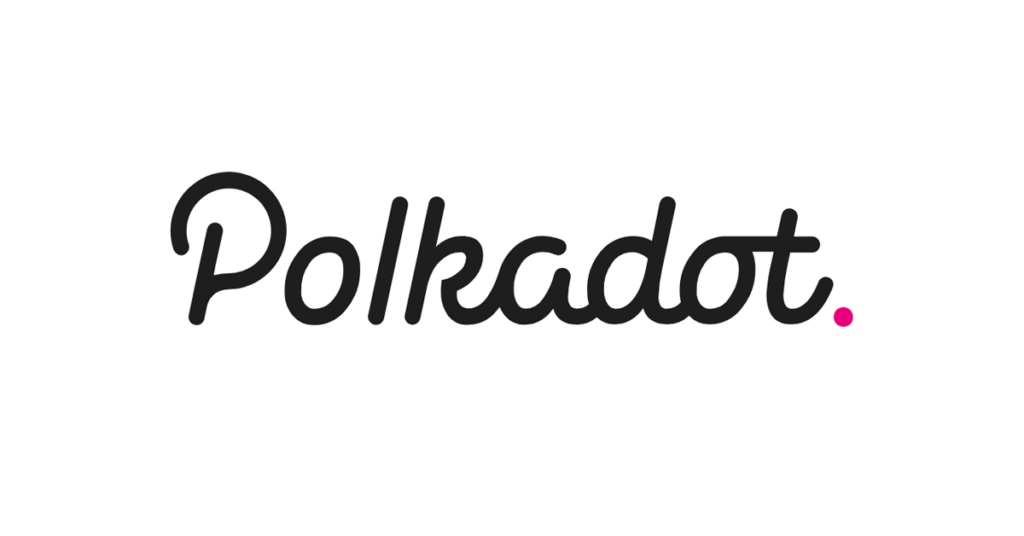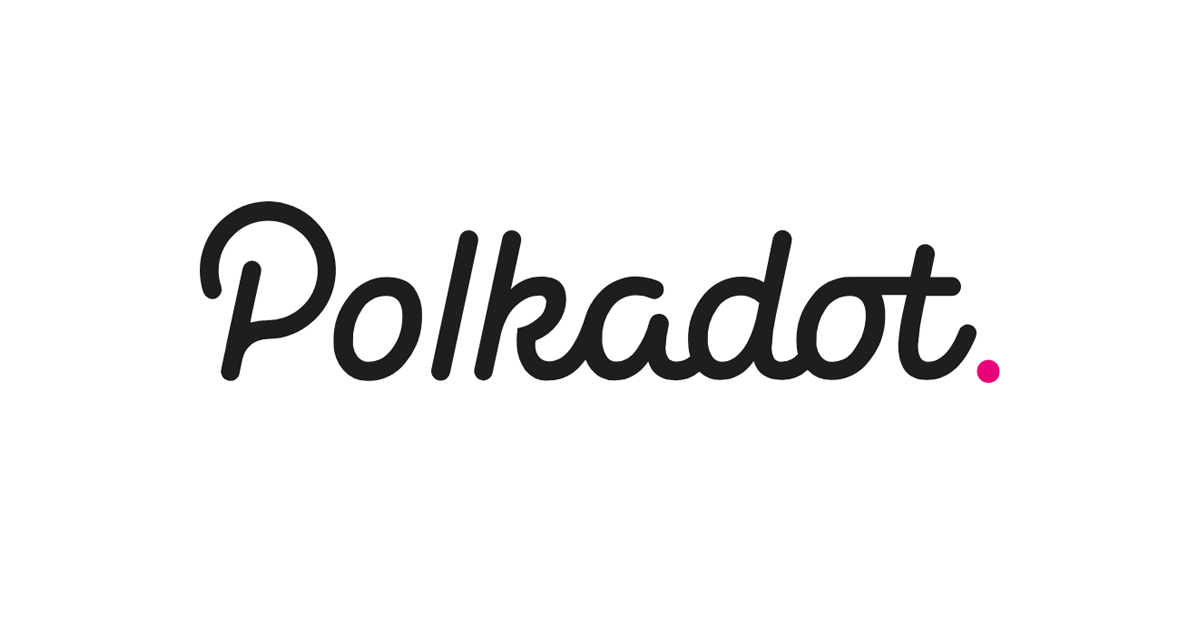Polkadot-Based Energy Web to Build Decentralized Identity Layer for the German Grid
As part of its blockchain machine identity layer (BMIL) project, German energy innovation authority DENA has chosen the Polkadot-based Energy Web platform to build a decentralized identity solution. The tool will allow German distributed energy assets to be registered on a distributed ledger, which will enable the German electric grid to easily incorporate them.

Making Distributed Energy Resources Visible with the Help of Blockchain
The current structure of the electricity market in most countries, including Germany, is considered by many to be overly centralized and monopolistic. Consumers can generally only shop with a few large players, which limits the options that could be available to them. The non-profit Energy Web platform’s mission is to deliver a consumer-centric energy market by leveraging blockchain technology.
To achieve this objective, Energy Web has developed a multi-pronged tech stack at the core of which lies the Energy Web Chain. The chain uses a proof-of-authority (PoA)-based consensus mechanism and relies on a copy of Ethereum’s virtual machine (EVM) for distributed computations. The Energy Web Chain validators include carefully selected energy market participants, and the PoA design allows for much higher scalability and lower transaction cost than would be possible on Ethereum. The block rewards and fees on Energy Web Chain are paid in the Energy Web Token (EWT). To become more decentralized but without impairing scalability, Energy Web is considering embracing Polkadot’s parachain model in the future.
In addition to its blockchain, Energy Web features a host of other tools grouped under the umbrella of the Energy Web Decentralized Operating System (EW-DOS), including software development kits and the Energy Web registry. The latter’s tool kit enables the creation of decentralized identifiers (DIDs) for energy assets.
It is thus not surprising that the Germany energy innovation authority DENA selected Energy Web for its experimental BMIL project. BMIL is part of DENA’s larger initiative called Future Energy Lab that also includes a smart contract register and a CO2 emissions visualization.
The purpose of BMIL is to create a distributed ledger of energy resources, where each of them will have its unique identity. Alongside Energy Web, other major participants include Polkadot ecosystem participants KILT Protocol and Parity Technologies. KILT Protocol will use Parity’s Substrate framework to build an alternative implementation of the distributed identity layer for BMIL, whereas Parity will contribute its own Substrate client.
A Bold Decentralized Identity Experiment
Despite BMIL’s significant potential, atypically for government agencies promoting innovation, DENA has tried to downplay matters. According to its energy systems and digitization lead Philipp Richard, “there are still a number of tasks ahead of us for the successful implementation of a decentralized and digital energy system. Digital identities are very important to ensure that the automatic exchange of information from millions of producers, storage systems, and consumers is secure and reliable. One promising solution is an identity ledger that is being tested on blockchain technology. It could provide great insight into constructing a digital market design.”
The representatives of the participating projects are much more optimistic about the initiative. Commenting on DENA’s decision, the CCO of Energy Web, Jesse Morris, said, “This is an incredible development, not just for Germany but for the global energy sector. Now we have the power sector of the fourth-largest economy in the world taking decisive steps toward a digitalized, decentralized future.”
In turn, Polkadot and Parity founder Gavin Wood also hailed the initiative, saying “Our work with Energy Web to bring energy infrastructure into the next digital age is critical to Parity Technology’s vision of a decentralized Web 3.0. The fact that DENA selected Energy Web for this work is a strong validation of our blockchain-building framework Substrate and the overall tech stack we have developed together over the past few years.”

